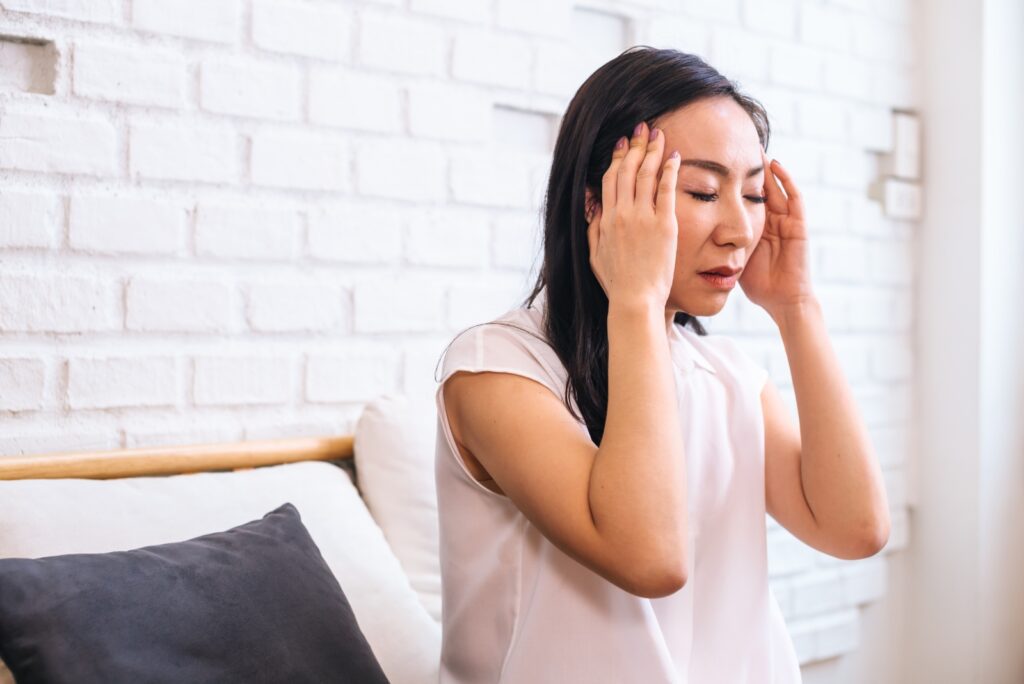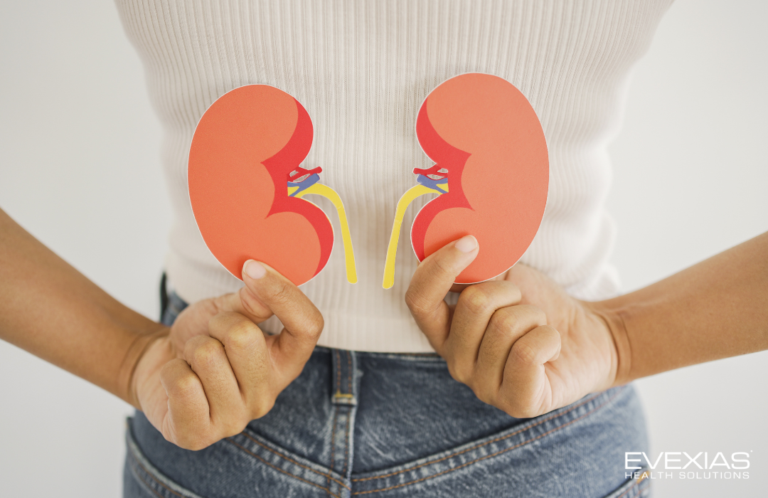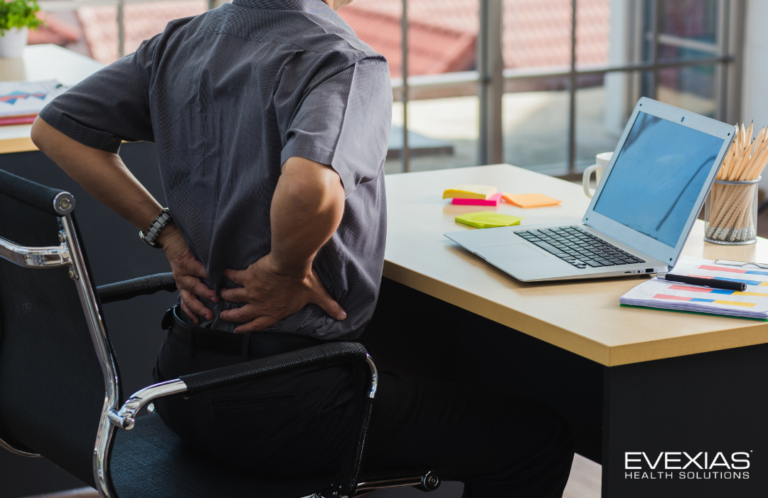
Marisol had experienced migraines for as long as she could remember. Several times a year, they would come on suddenly, beginning with a sparkling, lighted crystal that appeared in one corner of her visual field. If she couldn’t head it off with over-the-counter pain medication, the aura would be followed by a painful headache. As she entered her mid-40s and began experiencing the telltale signs of perimenopause, the migraines were becoming more frequent and more intense.
Far more common in women than men, migraines appear to have a close connection with fluctuating female sex hormones. But while hormones may trigger migraines, this connection may also open the door to new treatment options. For women who experience worsening headaches as they approach the menopause transition, the relationship between bioidentical hormones and migraines presents a compelling opportunity.
The Anatomy of a Migraine
Migraines are a neurological disorder affecting an estimated 39 million Americans and a billion people worldwide. These severe headaches typically start in your teens or early twenties and are most common in people between 18 and 44. Once believed to be caused by the dilation and constriction of blood vessels in the brain, research now suggests the complex nerve pathways and chemicals of the brain lie at the root of migraines.
Migraines aren’t just headaches. Rather, they can produce a host of uncomfortable and even frightening symptoms, including:
- Severe, throbbing pain usually on one side of the head
- Nausea
- Vomiting
- Visual or speech disturbances
- Numbness or tingling in the face or extremities
- Hypersensitivity to light, sound, smell, and touch
These symptoms may last hours to days. About a quarter of migraine sufferers also experience an aura, a warning sign that a migraine is coming. This may be perceived as a visual disturbance (flashing lights, rainbow colors, zigzag patterns, or blurred vision), numbness, hearing anomalies, or speech disturbances.
According to the Migraine Research Foundation:
- Migraine is the third most prevalent and sixth most disabling illness in the world.
- Migraines run in families; about 90% of migraine sufferers have a family history of the disorder.
- Three times as many women suffer migraines as men.
- 85% of chronic migraine sufferers are women. This condition is defined as 15 or more migraine days per month.
- More than 90% of people dealing with migraines report being unable to work or function normally during an attack.
This disorder can be a significant health challenge for women. While a variety of lifestyle and environmental factors may trigger a migraine, understanding the roles of hormones could help you find lasting relief.
How Hormones Affect Migraines in Women
Female sex hormones are a well-known trigger for migraines. Researchers have found evidence of “estrogen ‘withdrawal’ as a trigger of menstrual attacks of migraine without aura, while high estrogen levels can trigger migraine aura.” In other words, migraines are not the result of one specific hormonal state, but can be affected by ongoing hormonal changes. This fact has implications for girls and women at nearly every stage of their lives.
Puberty
In children, migraines are more common in boys. That changes during adolescence, when girls begin to experience the monthly hormonal fluctuations associated with menstruation. Girls are more likely to experience their first migraine during the year they begin menstruation than at any other time in their life, and they will remain at greater risk of migraines than males thereafter.
Reproductive Years
During their reproductive years, women often battle migraines associated with their menstrual cycles. Menstrual migraines are more likely to be severe and treatment-resistant. While oral contraceptives are sometimes prescribed to prevent migraine onset, this treatment is not effective or desirable for all women. Some women find relief during pregnancy, but their migraines usually return after birth. Breastfeeding may stabilize hormone levels enough to delay the return of migraines.
Perimenopause/Menopause
By the time they reach the end of their reproductive years, more than 40% of women will have experienced migraines. Perimenopause, the years leading up to menopause, may be especially difficult for migraine sufferers; data shows that the incidence of high frequency migraines increases by 50% during this time. But while migraines are often exacerbated by the hormonal fluctuations common during perimenopause, many women find that their migraines go away altogether after menopause, and the incidence of migraines drops dramatically in women over 60.
Bioidentical Hormones and Migraine Treatment
Finding long-term treatment that addresses pain and reduces frequency can be a challenge. Although there is an ever-growing number of treatment options, these may not be effective or well-tolerated by all patients, particularly over time. For example, frequent use of over-the-counter or prescription pain-relievers may trigger medication-overuse headaches or cause migraines to become chronic. Antidepressants, antihypertensives, and anticonvulsants can all have unwanted side effects that interfere with daily life, and some women find Botox treatment uncomfortable.
If hormonal fluctuations are causing your migraines, taking advantage of the relationship between bioidentical hormones and migraine may open up new treatment opportunities. By restoring hormonal balance using hormones that match your own, bioidentical hormone replacement therapy could smooth out fluctuations and prevent migraines from occurring. Determining if you’re a good candidate for this treatment requires the guidance of a hormone health specialist who can evaluate your hormone levels and create a personalized plan to help you feel your best.
One of the benefits of using bioidentical hormones for migraines is the opportunity to tailor treatment to your needs. Compounded hormones allow for precise dosing according to your hormonal profile, potentially allowing you to maximize benefits while reducing the risk of side effects. You are also able to choose from a variety of administration methods, including pills, creams, patches, and implantable pellets, to make adhering to treatment as easy and comfortable as possible.
Migraines can be more than physically painful; they can interfere with your ability to function in everyday life. But you don’t have to suffer. With the support of a hormone specialist, you can explore your full range of treatment options and discover whether bioidentical hormones could be the answer for you.







